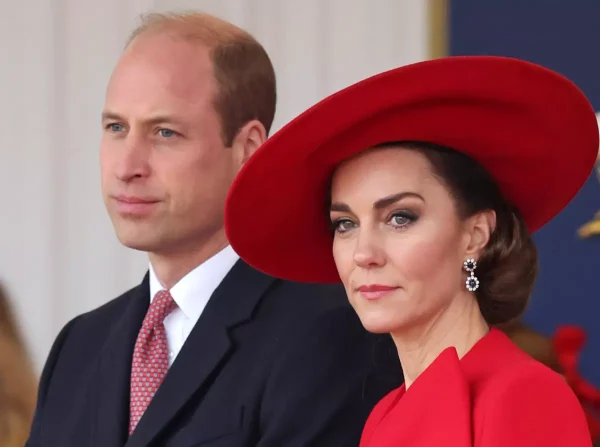’70s Back in Style: Woman’s Right Movement
The women’s rights movement is not a new concept. From the women’s suffrage movement to the Equal Rights amendment to fighting for an abortion now, there is always a women’s rights movement occurring. In the last couple of weeks, women’s rights to abortion have been threatened. Roe v Wade, a Supreme Congress decision in 1973, may be overturned to allow the states to decide on the fate of abortion; not asking women how they feel about the overturning.
The first wave of women’s rights in the 19th and early 20th centuries focused on women’s legal rights, especially the right to vote (women’s suffrage). The second wave of the women’s rights movement focused on every aspect of a women’s life including politics, work, the family, and sexuality. The first spark of the women’s rights movements began with the publication of The Feminine Mystique by Friedan in 1963. It talked about if the housewife had everything – the perfect house, family, husband- they will lack fulfillment and have boredom. She said that women were too socially conditioned to recognize their own desperation. This struck a chord with many women around the United States.
Women decided it was time to be equal. The first move was to push the Equal Rights Amendment which was designed to guarantee equal legal rights for all American citizens regardless of sex and sought to end the legal distinctions between men and women in terms of divorce, property, employment, and other matters. In February 1970, members of the National Organization for Women (NOW) stood up in the U.S. Senate gallery to demand attention for the Equal Rights Amendment. And, in November 1971, the Supreme Court case Reed v. Reed declared sex discrimination a violation of the 14th Amendment. Women were on the way to having the Equal Rights Amendment passed. It wasn’t until March 22, 1972, that the ERA passed the Senate and was sent to the states for ratification.
Not only did we gain the fight to be equal, but we also gained the right to abortion. In 1973, Roe v Wade was voted seven to two that abortions will be legal in the first trimester. Meaning, that many states had to allow abortion since it was allowed on a federal level. Women from all around the United States came together to rally and protest for the right to safe abortions on a federal level. It is sad now that we are fighting for that right again. In 1976, in Planned Parenthood v. Danforth, the Supreme Court struck down a requirement for written spousal consent before a woman could obtain an abortion. The ’70s was a time for change in women’s lives. Now, we have to make a change again.
Sadly, the Equal Rights Amendment didn’t actually come into effect. The 38th state to ratify the ERA was Virginia on Jan. 27, 2020, however, while the ERA’s deadline was extended prior to the deadline, there is no precedent for waiving the deadline after its expiration. The ERA still has many obstacles to face. The House emphasizes that the ERA will provide a stronger constitutional basis for combating sex discrimination and provides Congress with more authority to enact laws that ensure gender equality. This means that Roe v Wade couldn’t be overturned. But, since it is not considered an amendment yet, we are still fighting.
The ’70s are coming back in style. Not in fashion or clothes, but in women fighting for their rights. The Equal Rights amendment has had many strides in the right direction. We are still fighting for it to be considered an amendment and we’re fighting for the right to safe abortion.
Josephina Mason, Grade 12. Interests and hobbies include marching band, color guard, and baking. Josephina plans to attend Lehigh University or Lafayette...
Victoria Ruth, Grade 12. Interests/hobbies include crocheting, working out, journaling, hanging out with friends and family, and scrapbooking with my polaroid....








